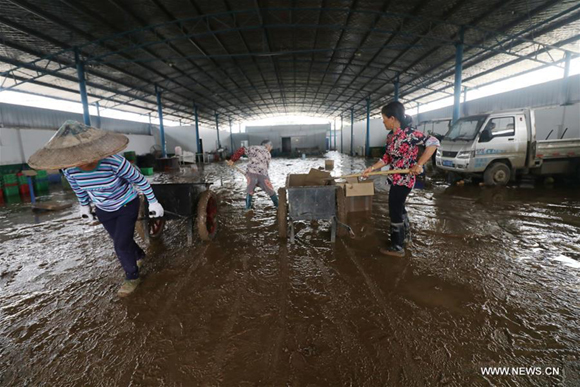World’s first robotic pig cloning successful in Tianjin
Test results now appear to show an attempt at robot-involved pig cloning at a university in Tianjin has been a success, reports the China News.
|
|
|
The world’s first case of robot-involved pig cloning hailed a success at Nankai University in Tianjin, July 3, 2017. [Photo: sina.com.cn] |
According to the report, 13 cloned pigs delivered by two separate females in April are unrelated to their “surrogate mothers,” but do have kinship with their DNA donors.
While surrogate cloning is not a new technique, this case involves the entire somatic cell nuclear transfer (SCNT) process being completed robotically, said the research group from Nankai University (NKU).
Somatic cell nuclear transfer (SCNT), involves taking an enucleated oocyte, or egg cell, and implanting a donor nucleus from the soma, or the body, of another cell. It’s the standard technique used in reproductive cloning.
But because the technique is very precise, the cloning process is considered one of the most complicated in micro-medicine.
Due to the manual failure rates, SCNT done by human hands has led to a bottleneck of the development of cloning technology, according to Nankai University researchers.
To overcome this, the research team from Nankai University has developed the robotic process which it says can significantly reduce the damage done to cells, which should significantly increase the ability of researchers to test new theories in the cloning process.


